Svalbard is a remote Arctic archipelago located halfway between mainland Norway and the North Pole. Known for its surreal polar landscapes and dramatic glaciers, it offers visitors a unique window into the high Arctic.
With abundant wildlife, 24-hour summer daylight, and a hauntingly beautiful polar desert, Svalbard is an adventurer’s dream and a key gateway to Arctic exploration.
Svalbard Overview
Geography & Climate
Svalbard’s terrain is shaped by glaciers, fjords, and rugged peaks. The islands experience an Arctic climate with cold temperatures year-round. During the cruising season (May–August), temperatures range from 0°C to 7°C. Summer brings continuous daylight, perfect for wildlife viewing and exploring the region’s mountainous and coastal environments.
Wildlife
Svalbard is one of the best places in the Arctic to see polar bears in the wild. Other wildlife includes walrus, Arctic foxes, reindeer, and whales. Bird cliffs swarm with seabirds like guillemots and kittiwakes during nesting season. Marine mammals such as belugas and seals are often spotted on zodiac cruises
Activities
Travellers can explore Svalbard through zodiac landings, hikes across fossil-rich terrain, and kayaking past icebergs. Highlights include sailing through pack ice, visiting abandoned whaling stations, and learning about the region’s polar history. The long daylight hours also allow for extended photography, wildlife viewing, and exploration
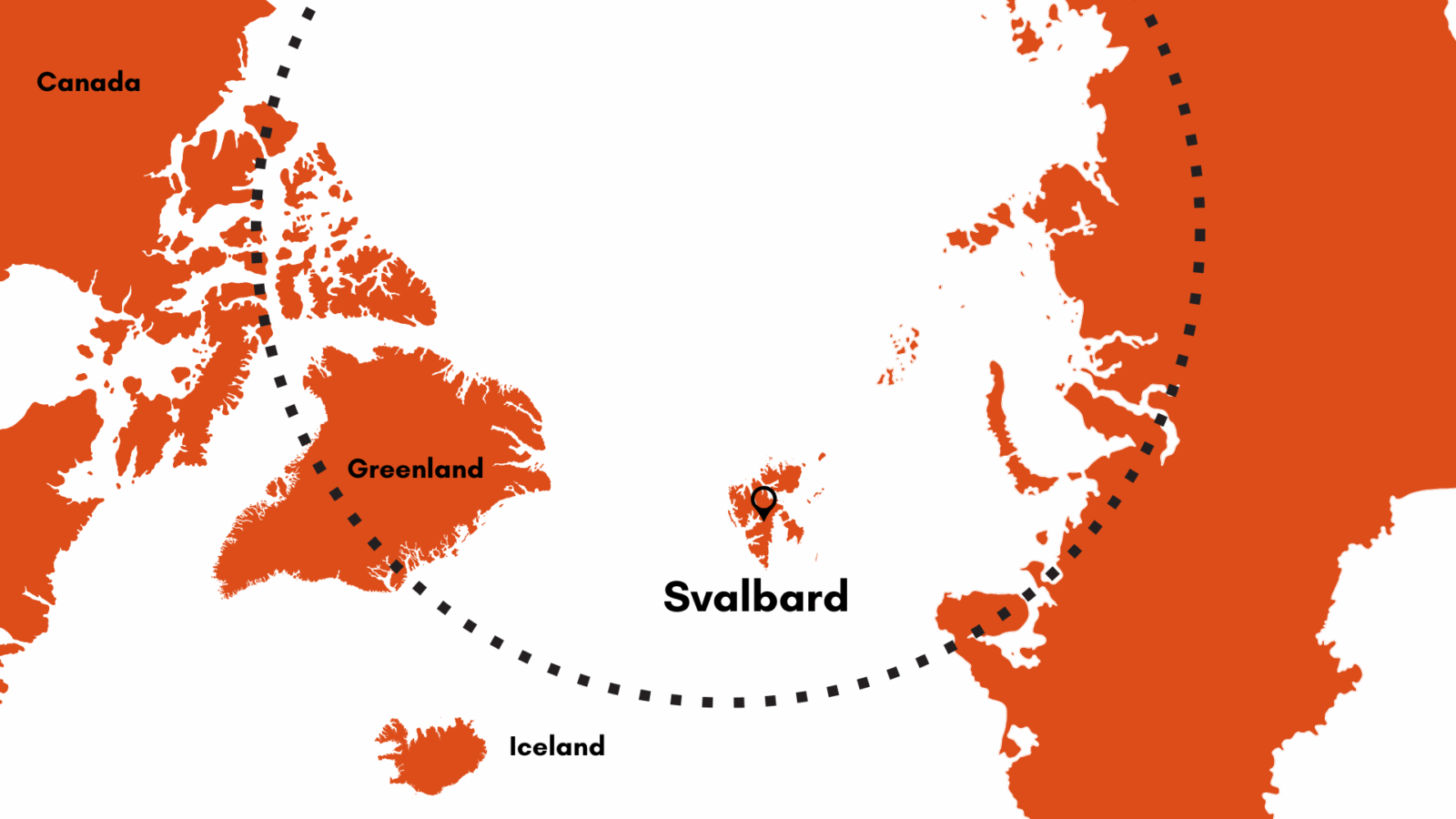
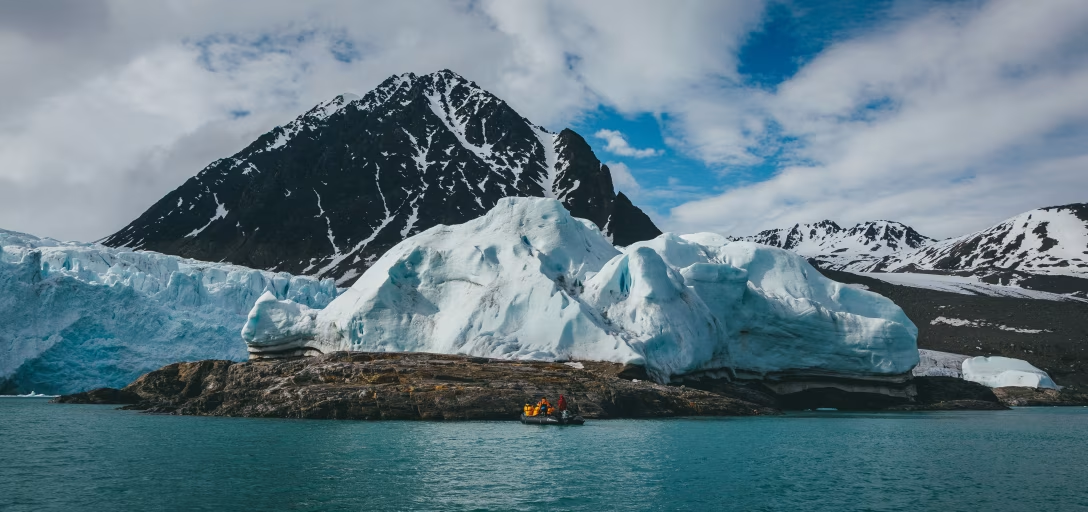
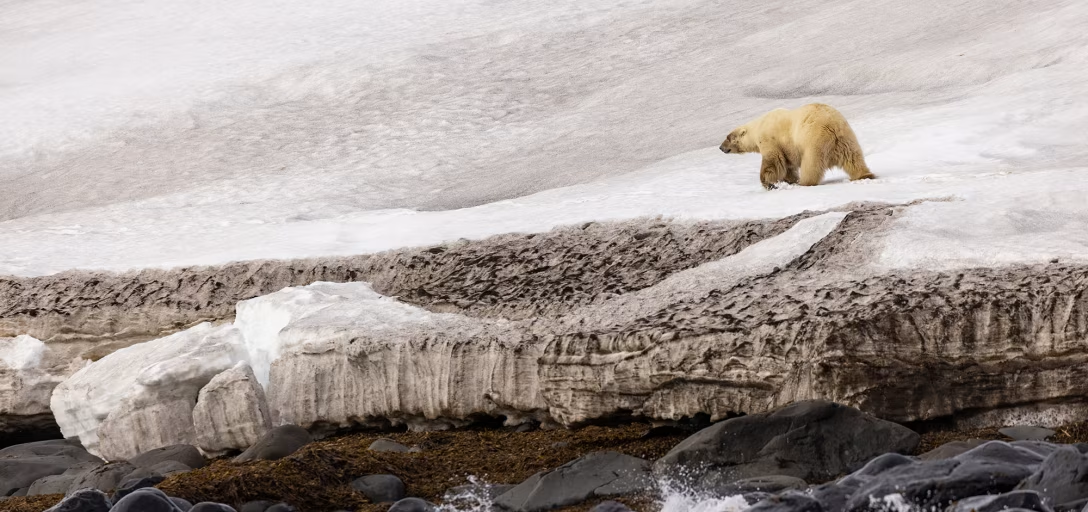
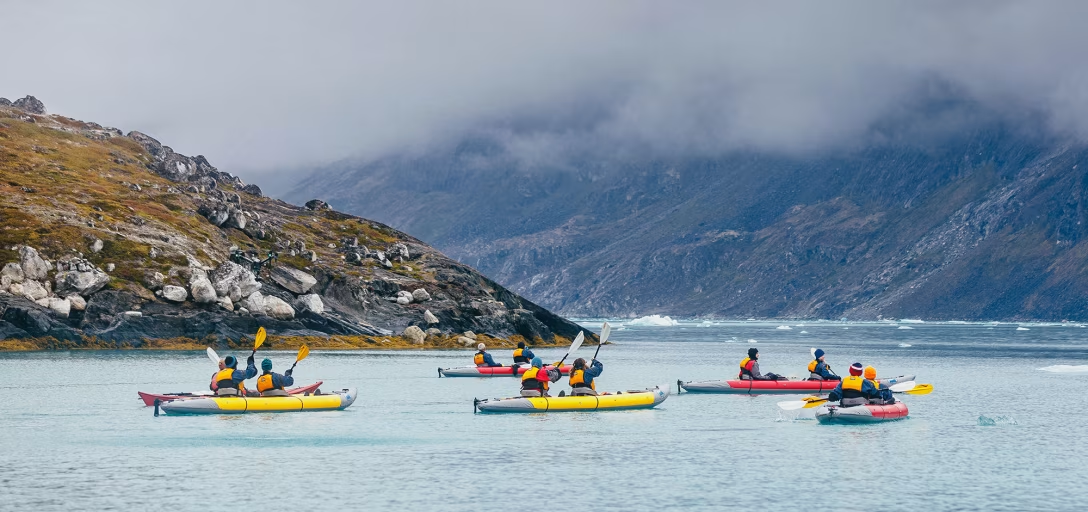
Location Highlights
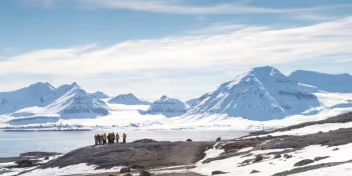
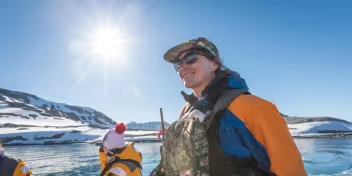
Breathtaking Landscapes
It’s one of the most remote places in the world, but also one of the most beautiful. With majestic glaciers, deep fjords, rocky beaches, steep cliffsides and vast tundra, there’s so much natural beauty to discover in Svalbard.
The Midnight Sun
Svalbard is so far north that daylight shines on its beautiful landscapes and wildlife around the clock for most of the summer, from May to September. Be sure to bring your sunglasses and be ready to take in the spectacular views.

